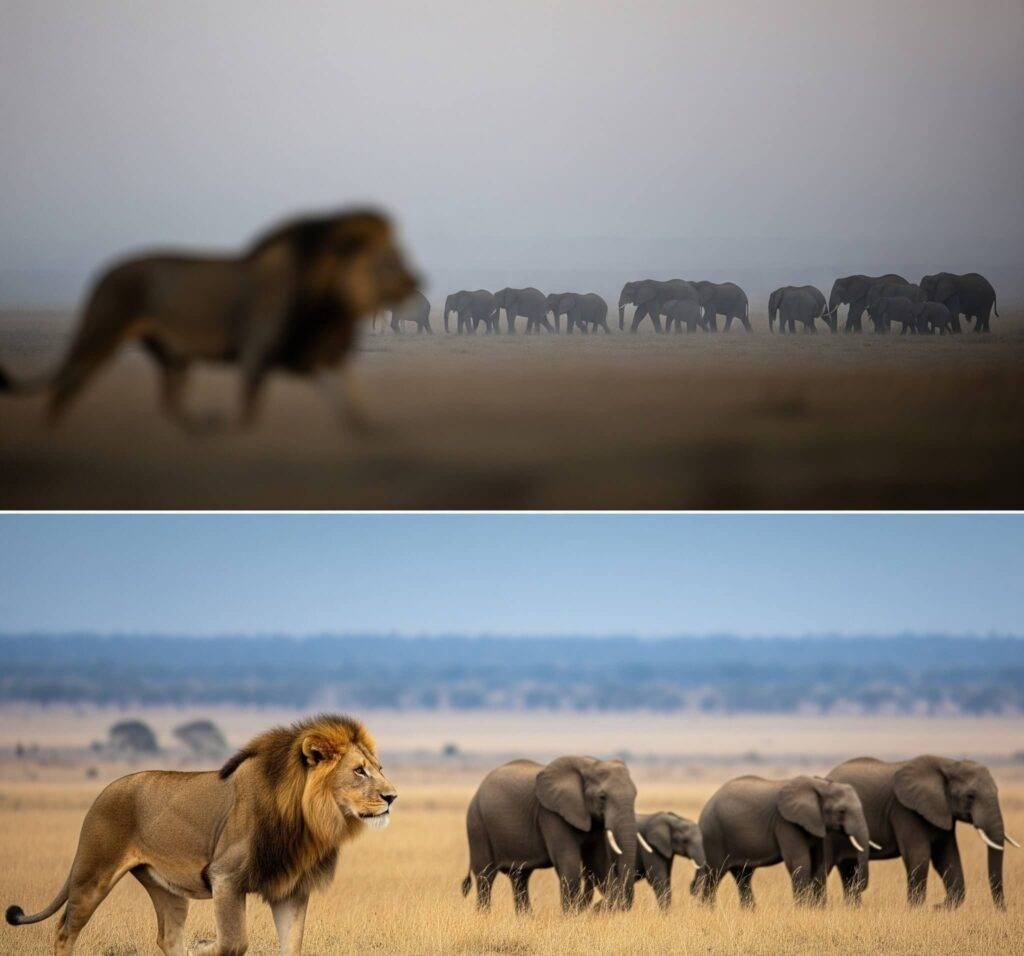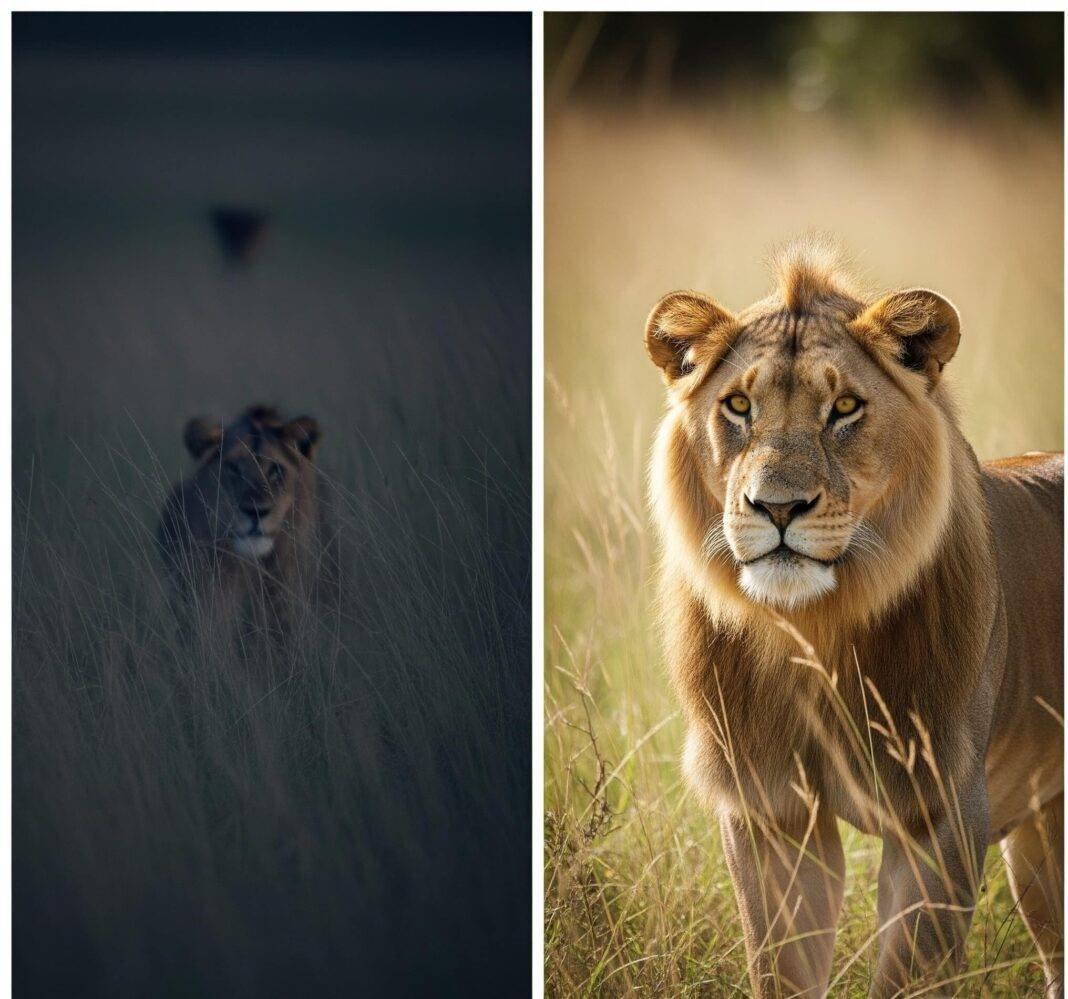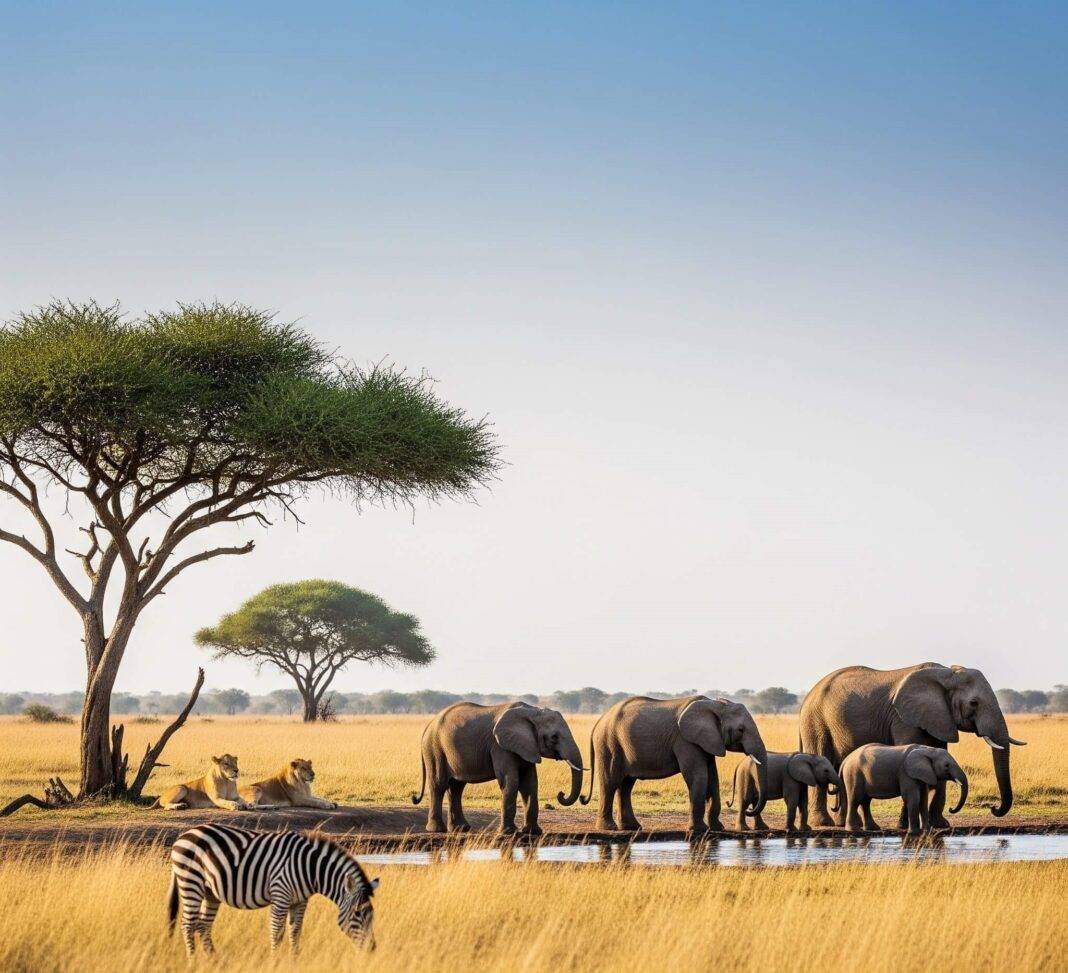Let’s be real – my first safari photos looked like someone smeared Vaseline on the lens. That “once-in-a-lifetime” lion shot? A blurry brown blob. The “epic” elephant herd? Twelve gray specks in the distance. After many fails (and a few lucky wins), here’s what I’ve learned about not completely wasting your safari photography photo opps.
1. Your Camera Gear (And Why You’re Probably Overthinking It)
I used to obsess over gear until I saw a tourist get National Geographic-worthy shots with an old Canon Rebel. Truth bomb:
- Essential:
- Any DSLR/mirrorless that’s not 10 years old
- Zoom lens (200mm minimum unless you enjoy photographing ant dots)
- Lens hood (sun flare ruins more shots than you’d think)
- What I Wish I Brought:
- A waterproof bag (dust + sudden rain = sadness)
- Way more SD cards than you think (I shot 3000 pics in 3 days)
- Portable charger (jeep outlets are mythical creatures)
Pro tip: Practice changing settings FAST. That leopard won’t wait while you Google “how to adjust ISO”
2. Camera Settings That (Mostly) Work
Here’s my lazy safari cheat sheet:
- Morning/Late Afternoon:
- Shutter: 1/1000+ (animals move deceptively fast)
- Aperture: f/4-f/8
- ISO: Start at 400, adjust as needed
- Midday (harsh light):
- Pray
- Or shoot silhouettes/shadows creatively
Confession: I still sometimes forget to switch from landscape to wildlife settings and end up with 50 shots of beautifully focused grass…with tiny animal shapes in the distance.
3. Animal Behavior Hacks
After eight safaris, I’ve noticed:
- Elephants: Most cooperative models. Will often pose dramatically.
- Lions: Professional nappers. Best shots happen when they’re stretching/yawning.
- Cheetahs: Either statue-still or blur of speed – no in-between.
- Birds: Will 100% fly away the millisecond you focus.
True story: I once waited 45 minutes for a sleeping lion to open its eyes. It finally did…as my camera battery died. Ethical Photography Guidelines
4. Composition Tricks That Help
(When you remember to use them)
- Get low – Shooting from jeep window height makes everything look like a boring postcard
- Leave space – Animals need “looking room” in the frame (unless going for claustrophobic effect)
- Focus on eyes – If the eyes are sharp, people forgive other flaws
- Shoot vertical sometimes – I forget this constantly and regret it later

5. Classic Rookie Mistakes I’ve Made (So You Don’t Have To)
- Shooting only wide shots (came home with zero good animal close-ups)
- Not checking the background (that “perfect” lion shot had a trash can in frame)
- Changing lenses in dust storm (RIP camera sensor)
- Forgetting to charge batteries the night before (safari photography mornings start EARLY)
- Being so focused on shooting that I missed the actual experience
The Real Secret?
Put the camera down sometimes. Some of my best safari memories are the shots I didn’t take – watching a baby elephant play in the mud, hearing lions roar at sunset, that time our jeep got “mock charged” by a grumpy rhino.
Now go forth and shoot! (And maybe keep lens wipes in your pocket – zebra dust gets everywhere.)





